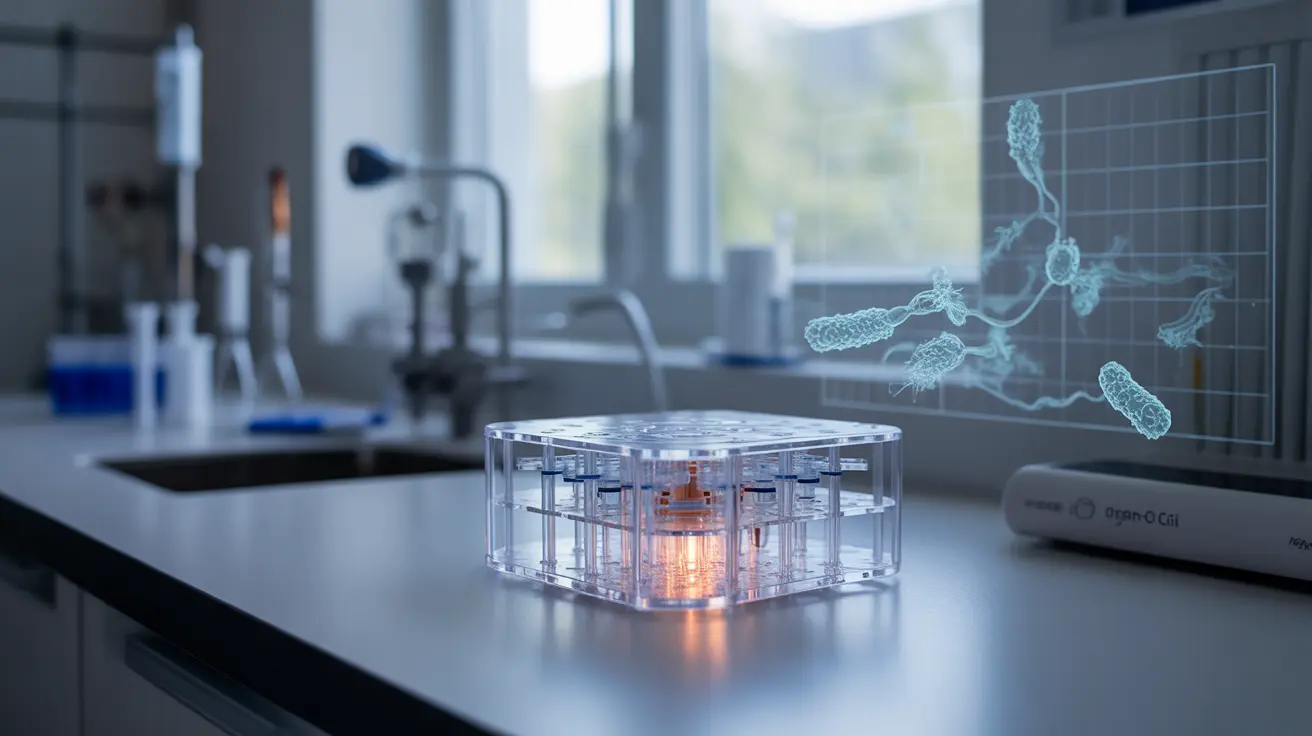Current State of Animal Testing in Medical Research
The existing framework for drug development heavily relies on animal testing to ensure safety and efficacy before human trials begin. However, with recent technological advances and growing public concern about animal welfare, there's increasing pressure to adopt more modern, humane approaches to medical research.
FDA Modernization Act 2.0 Impact
The FDA Modernization Act 2.0 has already laid important groundwork for reducing animal testing requirements. This legislation enables the FDA to accept data from non-animal testing methods when scientifically validated, opening doors for alternative approaches while maintaining safety standards.
Emerging Alternatives to Animal Testing
Several innovative technologies are at the forefront of this transition:
AI Drug Testing Advances
Artificial intelligence is revolutionizing how researchers predict drug safety and effectiveness. Advanced computer modeling can simulate drug interactions at the molecular level, potentially reducing the need for early-stage animal testing.
Organ-on-Chip Technology
This groundbreaking technology recreates the function of human organs on microchips, allowing researchers to observe drug reactions in a controlled environment that better represents human biology than traditional animal models.
Biomedical Research Without Animals
The initiative emphasizes developing and validating alternative testing methods that could eventually replace many current animal testing requirements. However, the transition will be gradual to ensure continued safety in drug development:
- Advanced cell culture techniques
- Human tissue models
- Computer-based prediction methods
- Sophisticated imaging technologies
Future of Drug Development Testing
The proposed changes aim to accelerate drug development while reducing costs and animal use. However, implementation will require careful balance between innovation and safety assurance. The plan acknowledges that some animal testing may remain necessary in specific cases where alternative methods aren't yet sufficient.
Frequently Asked Questions
What is Robert F. Kennedy Jr.'s plan for phasing out animal testing in biomedical research?
RFK Jr.'s "Make America Healthy Again" initiative aims to dramatically reduce animal testing at federal agencies like the FDA and NIH by promoting AI, organ-on-chip, and other cruelty-free alternatives in drug development.
How will the reduction of animal testing impact the development of new medicines and vaccines?
The plan intends to speed up drug development and lower costs by using advanced, human-relevant testing methods, but experts warn complete replacement of animals is not yet feasible to ensure safety and effectiveness.
What alternative technologies are being used to replace animal testing, and what are their limitations?
Alternatives include AI-driven toxicity modeling, organ-on-chip systems, and cell-based assays; however, these technologies currently complement but cannot fully replicate the complex biology of living organisms.
Looking Ahead
This initiative marks a significant step toward modernizing medical research while addressing animal welfare concerns. As technology continues to advance, the transition to alternative testing methods may accelerate, potentially leading to faster, more cost-effective, and more humane drug development processes.
The success of this program will depend on continued technological innovation, regulatory adaptation, and careful validation of alternative testing methods to ensure both human safety and animal welfare remain protected throughout the drug development process.






